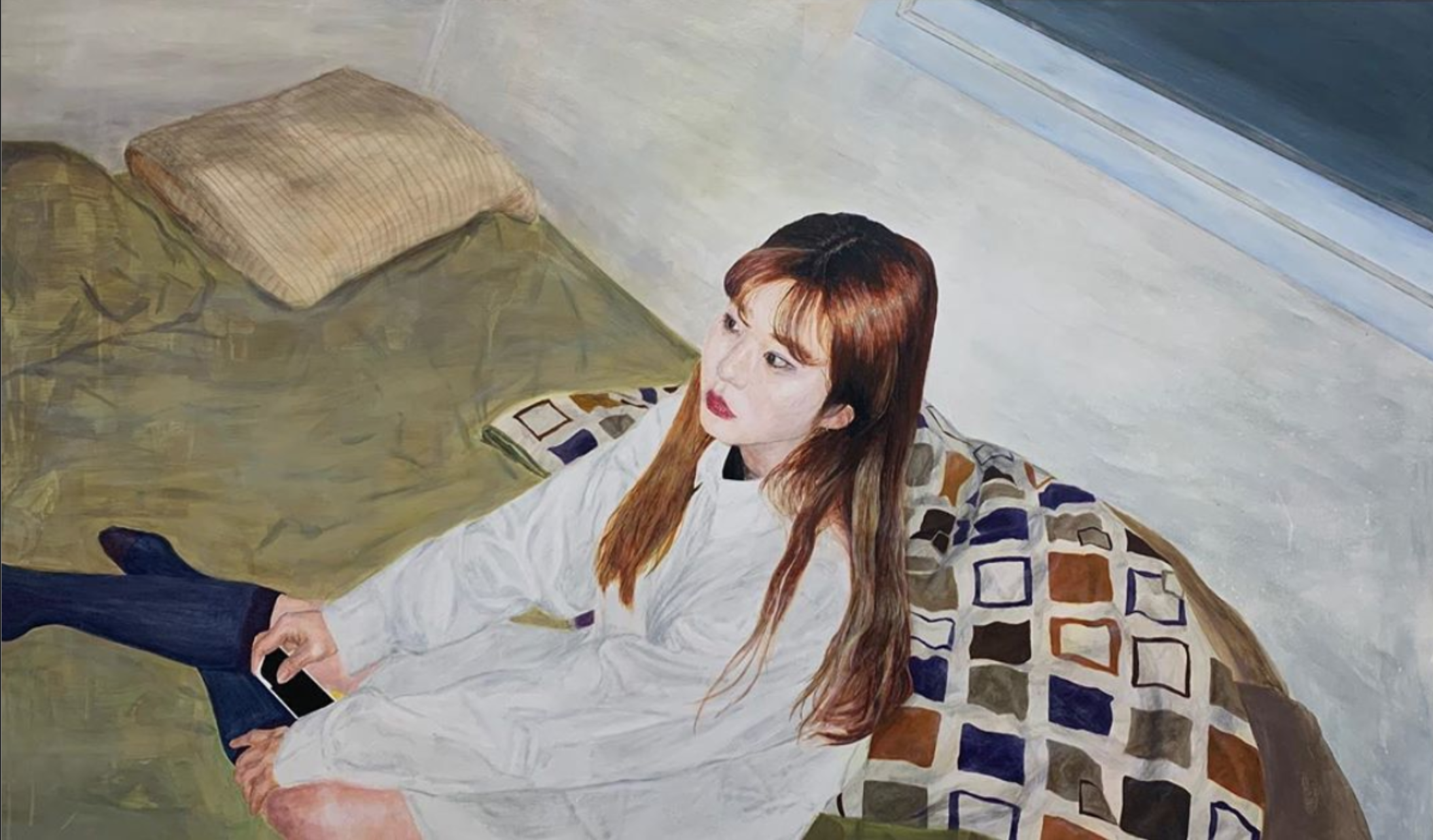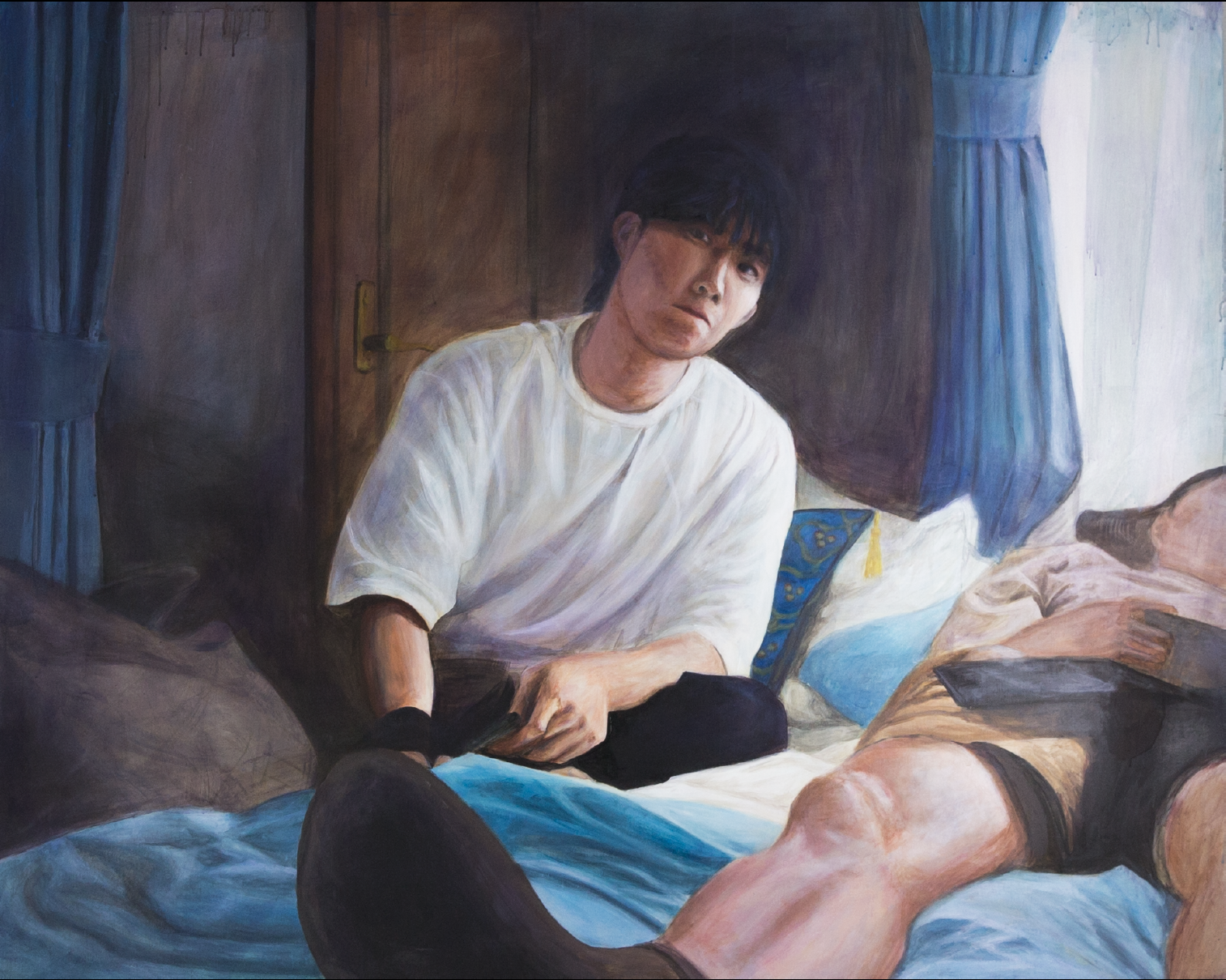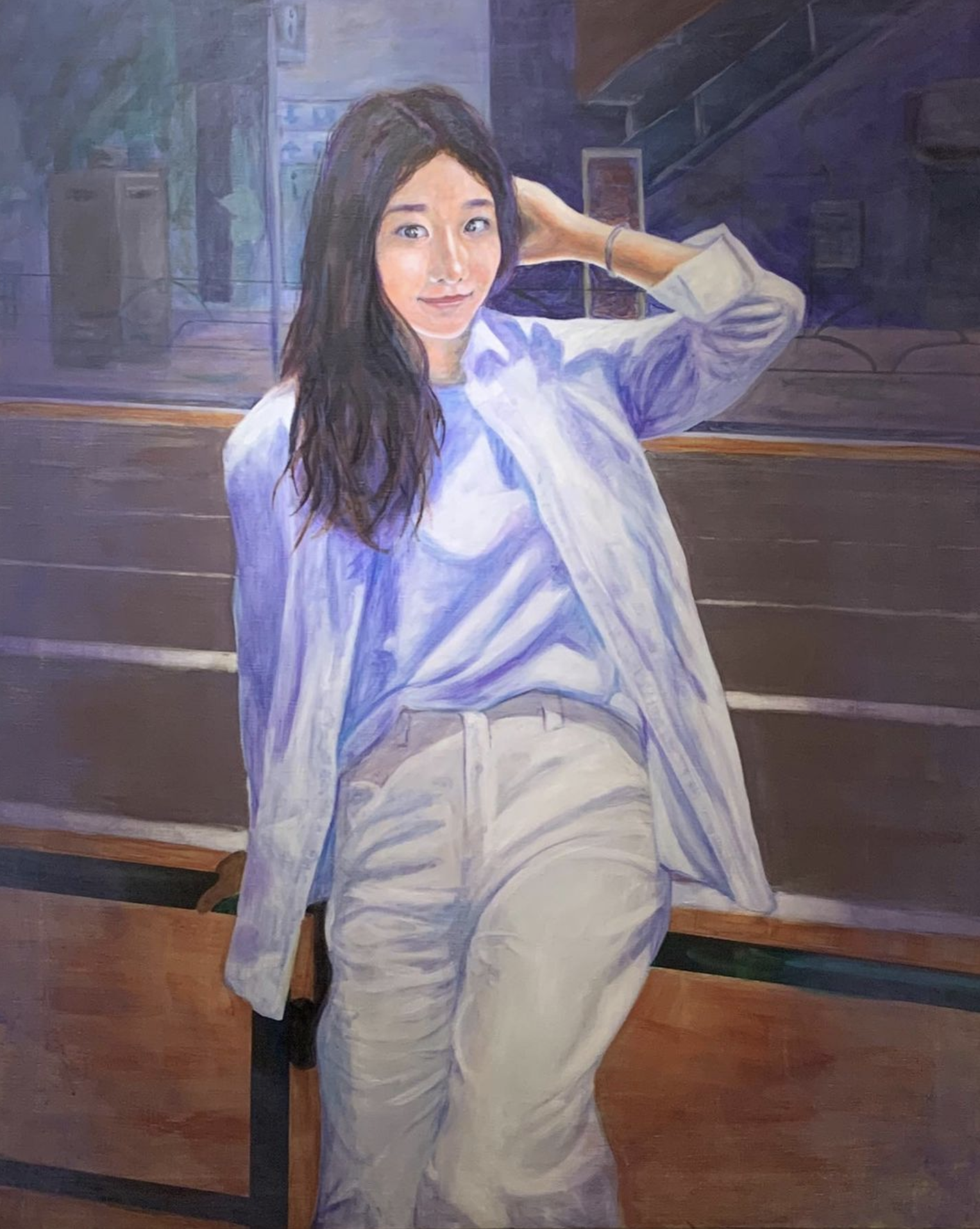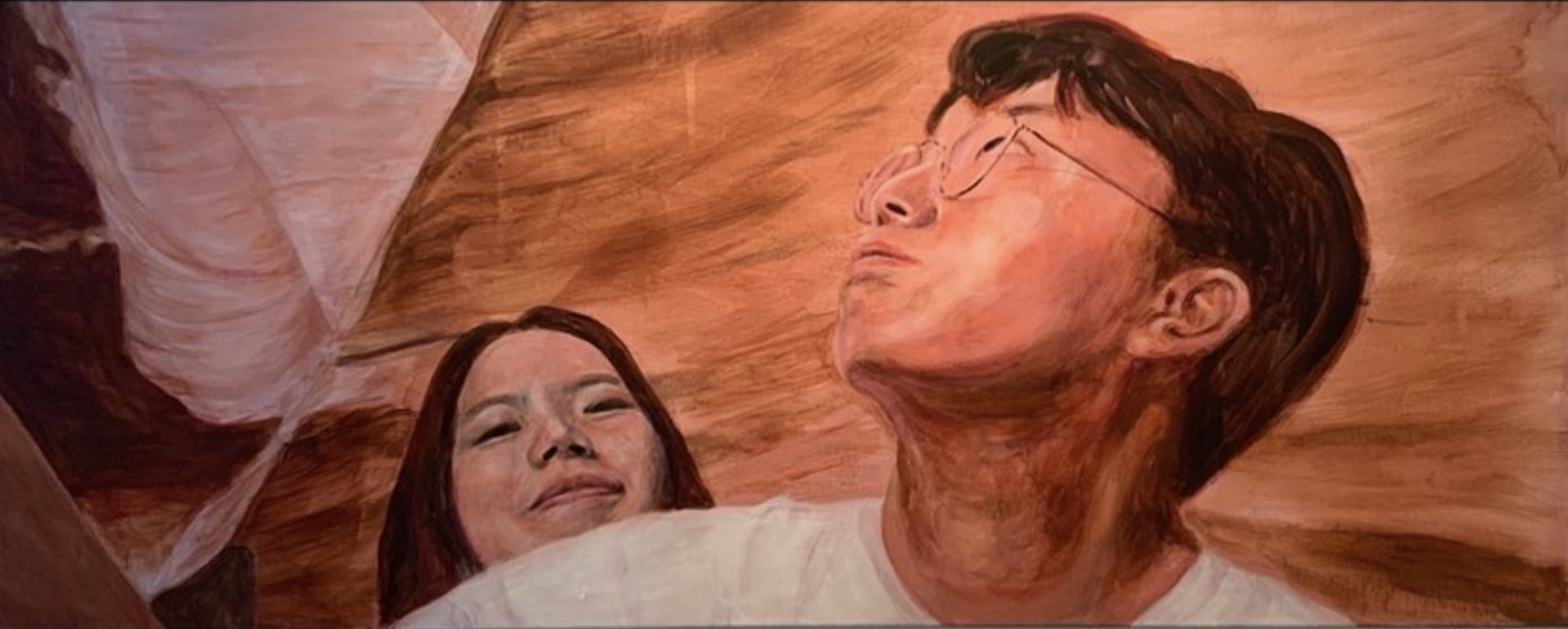Melancholians
2019
“Slow Rich Image”
As the age of virtual locality has arrived, Face-to-face contact is reduced. understanding and empathy for others are fading.
In modern society with a flood of images, I easily witness images being consumed lightly like fast food. As we unconsciously accept and easily reproduce images, We constantly create poor-quality images. This process is done quickly without any particular consideration of the images that Information gets oversimplified.
The way we deal with each other's information is similar to how we deal with information in the images; it is consumed lightly. In the modern world, people are symbolized in a form of photographs and nicknames. As we contact symbolized bodies with a lack of facing real people, we only stare at the other person's surface without paying too much attention. And we understand the surface as the essence of the opponent. With a lack of understanding for others, heartless violence goes on and off, as a result, people are more likely to hide behind their own embellished symbols and cause a vicious circle. This vicious circle reproduces violence and depression.
In my work, I slowed down the process of creating and reorganizing images as slowly as I could. By rebuilding photographs into paintings for a long time, I suggest an attitude that should be taken when we process information. I organized the size of the image similar to the size of the real person to make a face-to-face situation with the people in the picture. This induces interest in the essence of an entity the images and symbols point to and show that the images and symbols that are consumed unconsciously every day shouldn’t be rapidly consumed in themselves.
The basic process of my work is to rebuild images of neighboring characters collected through film cameras on canvas. Characters are filmed before being aware of the fact that they become subjects of the camera and pose aggressively. Certain emotions and actions are excluded as much as possible. In the process of taking, and printing a photograph, multiple errors occur, like noise and variation of hue. I exaggerate the appearance of the errors in the process of reproducing images onto canvas.
Unlike looking at photographs on electronic devices or printed paper, the reconstructed painting allows the person to face up to a larger screen, and make his or her eyes stay longer on the image through traces of brush or texture of the paint. Because of the dramatized error, the characters fade into reality. It evokes curiosity and attention to the character while presenting exaggerated transformations and distortions of the poor image.
The information we pass quickly is not as ‘clear’ as we think.





